Nat Nanotechnol: Selectively inhibit the cysteine protease in the lysosome of tumor-associated macrophages to improve their ability to cross-present antigens
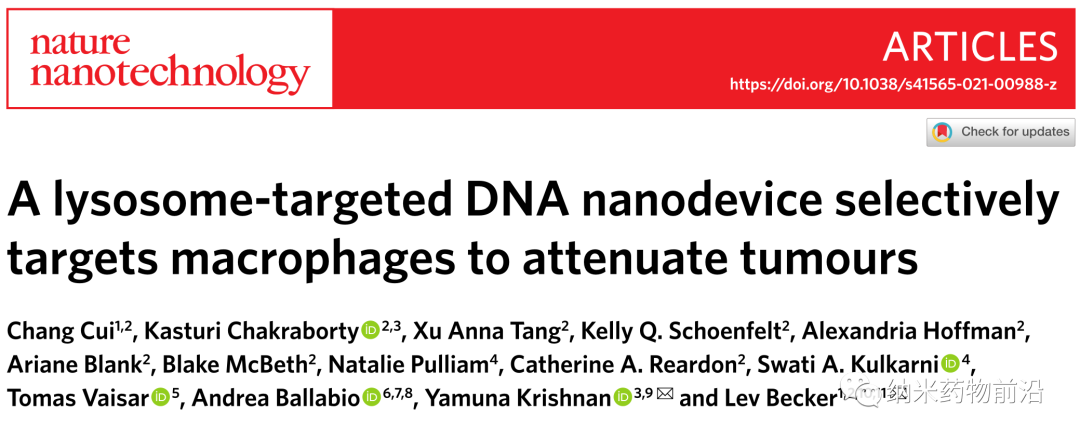
The activation of CD8+ T cells by antigen cross-presentation is very effective in eliminating tumors. Although this function is traditionally attributed to dendritic cells, tumor-associated macrophages (TAM) can also cross-present antigens. At the same time, TAM is also the most abundant tumor infiltrating white blood cells. TAM is mainly an anti-inflammatory M2 phenotype. It overexpresses growth factors that promote angiogenesis (e.g., vascular endothelial growth factor A), proteases that promote metastasis (e.g., matrix metalloproteinases), and inhibitory molecules (e.g., ARG1, IL). -10 and PDL1) to suppress the adaptive immune response. Consumption of TAM can inhibit tumor growth and metastasis, and high TAM abundance is closely related to the survival rate of patients with many cancer types. This indicates that M2-like TAM may become a promising research target in the development of anti-tumor therapy. However, because the mechanism by which TAM regulates its ability to cross-present antigens is not fully understood, TAM has not been used to activate CD8+ T cells.
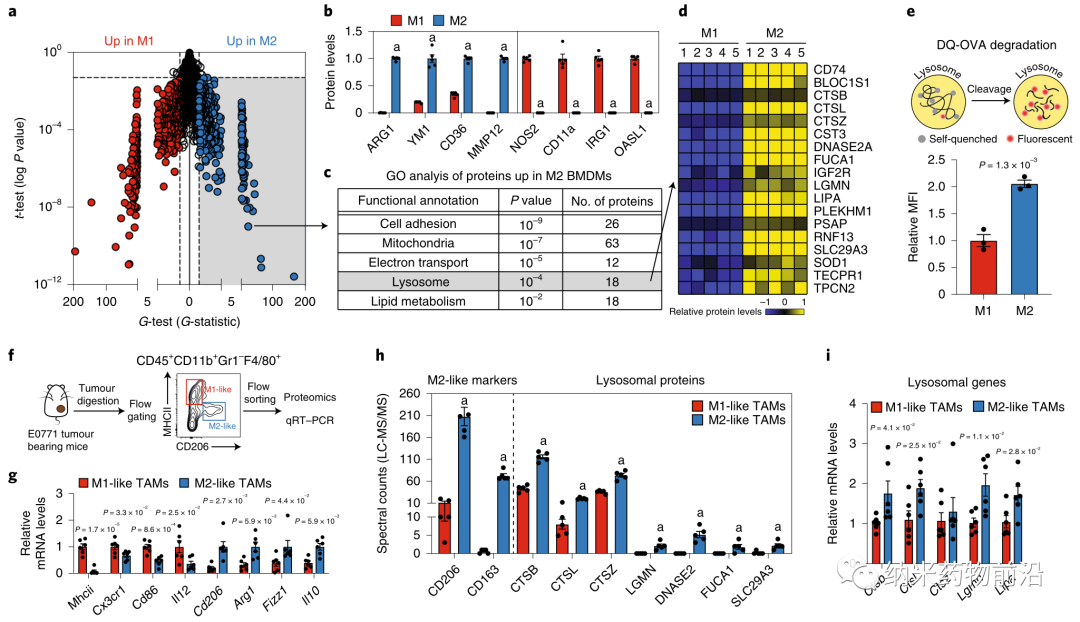

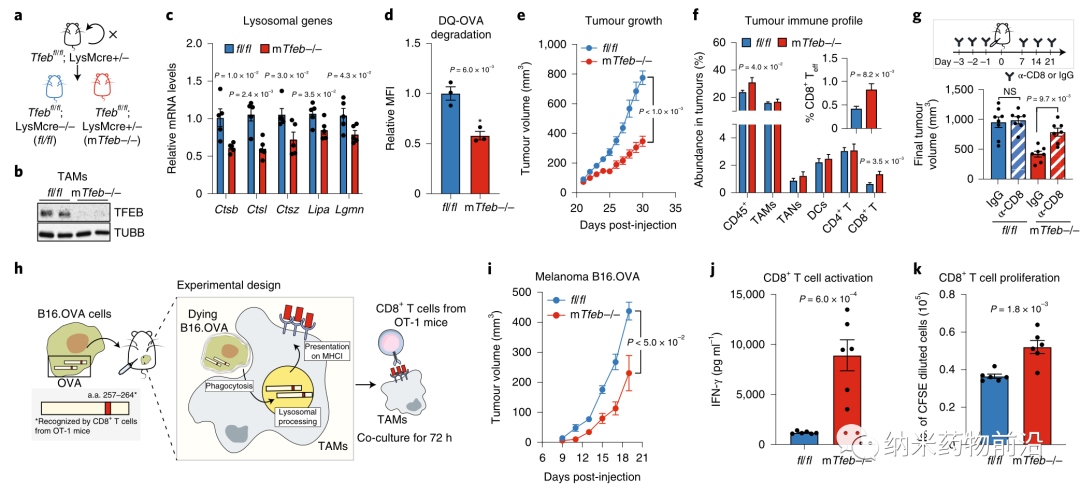
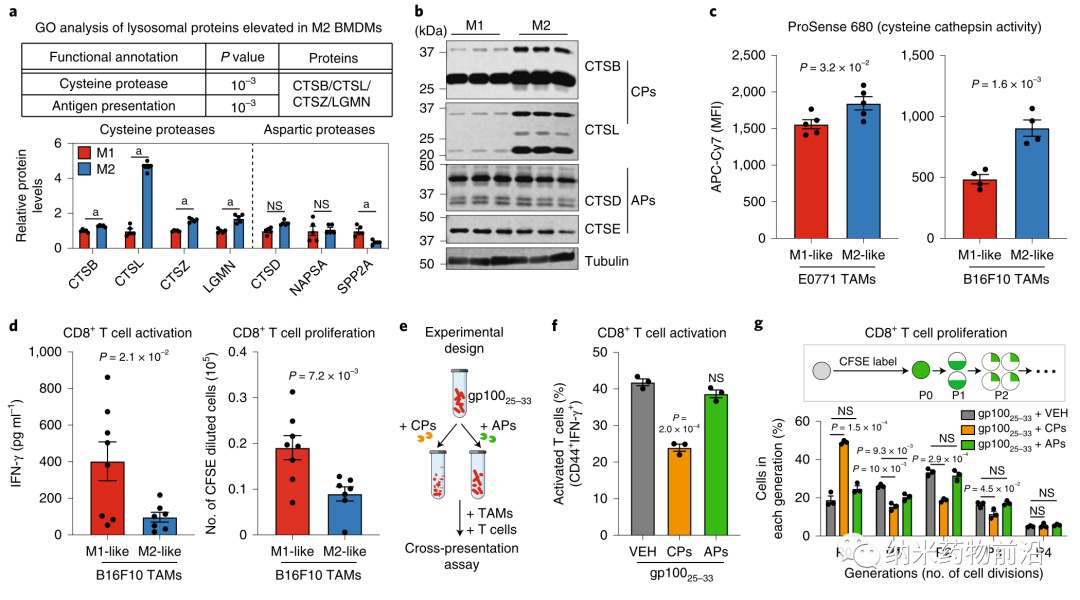
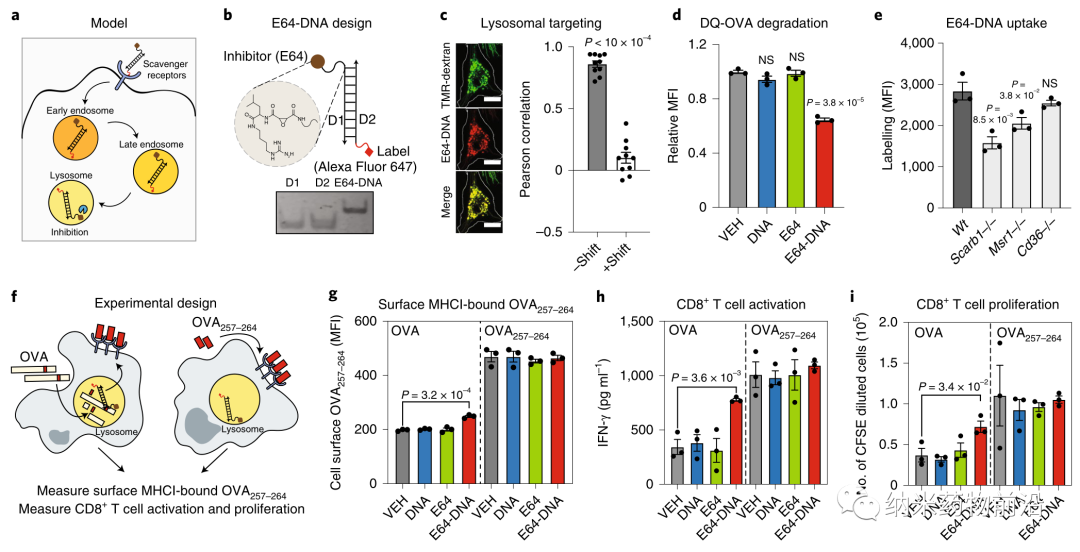
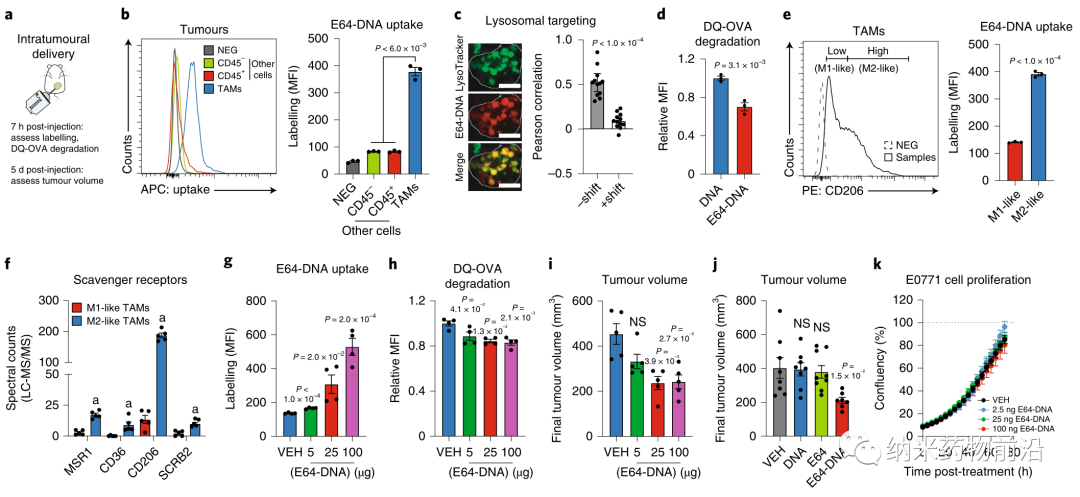
Original link:
https://www.nature.com/articles/s41565-021-00988-z
This information is sourced from the Internet for academic exchanges only. If there is any infringement, please contact us to delete it immediately.
18915694570
Previous: High performance-3D ne


